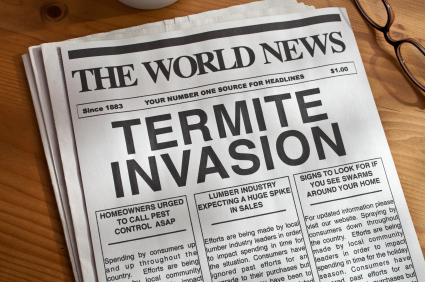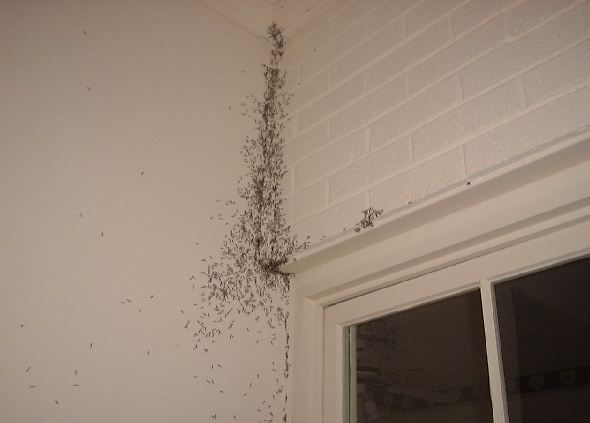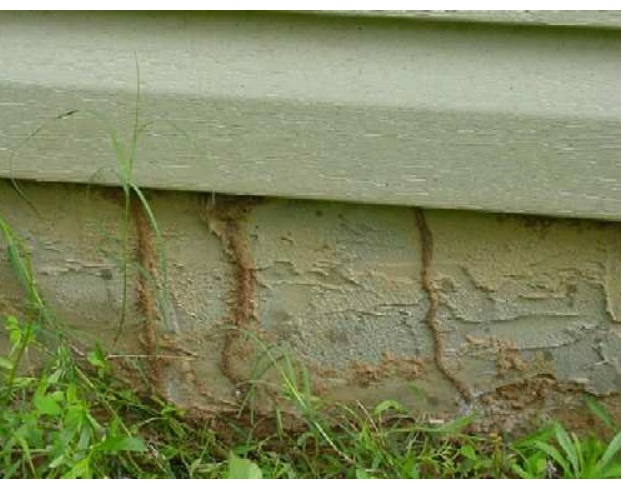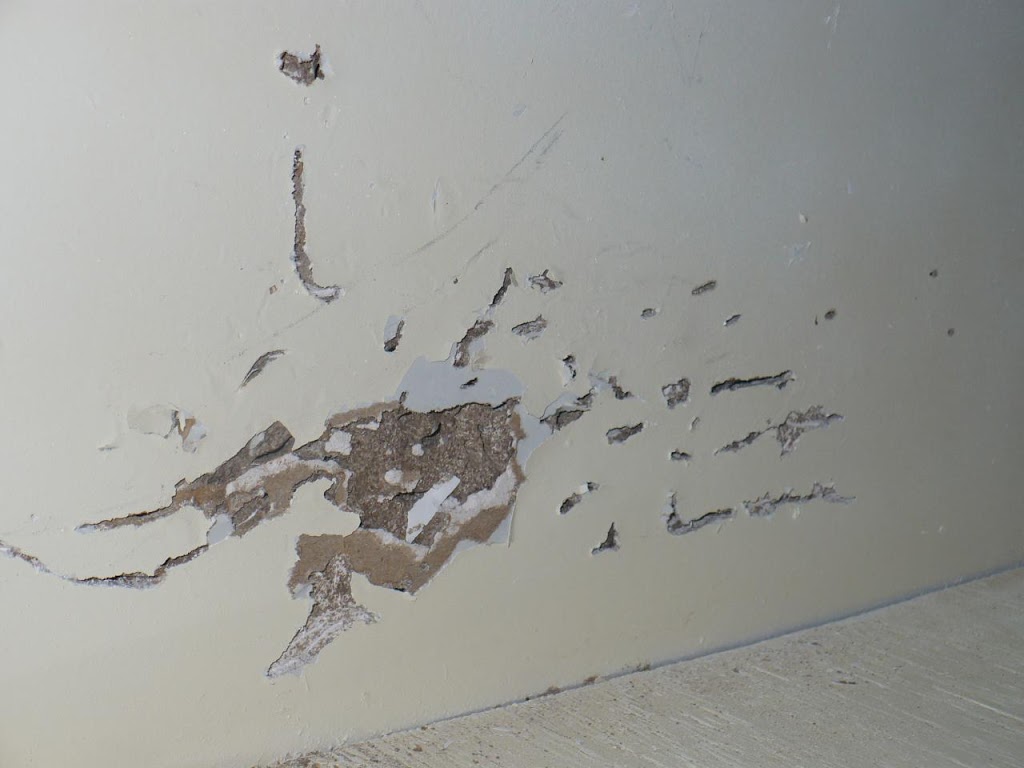
There is a saying in the pest control industry that there are two types of homes. There are those that have termites, and those that will have termites.
Georgia is number two in the United States in regards to termite damage claims. Most insurance companies do not cover termite damage. I have not personally heard of any locally that do.
There seems to be a misconception that homes such as brick homes cannot get termites. It is important to note that EVERY home out there is just as likely as the next to get termites. Regardless of what the outside construction of your home is ( i.e. brick, vinyl, stucco), almost all homes have wooden framing.
Let’s focus on stucco homes for a moment. Stucco homes look great, but they are even more prone to termite infestation and survival then others. Like all other homes, they are framed out using wood. The stucco holds a large amount of moisture, which is an essential element for termite survival. Termite tunnels are easily constructed and concealed behind the stucco, making it difficult for even the trained inspector to detect. Termite infestations in stucco homes are often difficult to detect until they are in the more advanced stages. I recently performed a treatment on a nice stucco home. The homeowner was not aware that they had a termite issue until the termites caused substantial damage to interior sheet rock walls of the home. They literally pretty much ate an inside wall before their presence became noticed. Upon conducting an inspection, I discovered that 3 sides of the home had substantial termite activity.
Below I have listed some of the more common conditions you should look for. This is not an all inclusive list and should not take the place of an inspection by a qualified termite professional. Termite activity / infestations can also exist without the below conditions.
1) Termite swarms – Termite swarms are the most commonly seen form of termite activity by the average home owner. A swarm is a large amount of flying termites that are essentially looking for a new place to start a colony. Termites can start swarming as early as February and into April. There is usually a second swarm later in the season. The swarms are often seen near window and door frames, but can occur anywhere around the home. Swarms usually last about 24 hours. After the termites are done swarming they lose their wings. If you find a large concentration of small wings in a particular area, you might just have termites.
Please see our blog article on how to tell the difference between flying ants versus a flying swarmer termites.

2) Termite tunnels / tubes – Termite tunnels are usually small tunnels that are built by termites to get them safely from the ground to their food source / your home. They can vary in size, shape, and location. If your home is built on a slab, you may see termite tunnels running up the slab to the wood framing of your home. If the slab has any cracks in it, termites can travel under the slab and come up through the cracks, making them essentially undetectable. If your home is on a crawl space or a basement, you might discover some tunnels running up along the hollow block. Termites can also construct their tunnels on the inside of the hollow block, making them much more difficult to detect.


3) Damaged wood – Look for signs of wood damage. Some might be very obvious, while others can be much more subtle. You want to inspect as much of the structure as possible, but pay special attention to outside door frames, window frames, areas around plumbing fixtures / pipes, garages, and fireplaces. Knocking or tapping on wood is a good way to determine if it is solid or hollow.

4) Imperfections in sheet rock -Look for imperfections in sheet rock walls. The best way to do this is to turn out all of the lights and use a flashlight. Hold your flashlight parallel up against the wall. Run it along the wall as you look for small entrance / exit holes, bubbled up looking areas, and any other imperfections.

We recommend that you get regular yearly inspections to protect your largest and most important investment, your home. Some customers have the mindset that they are not going to pay for a termite treatment if their home does not have a current termite issue. Termite treatments can and will eradicate existing colonies that are already doing damage to your home, but they are designed to be a preventative measure to keep your home from getting termites in the first place. In the above example with the stucco home, the owner did not have an active treatment on the home. They did not see signs of termites until significant damage had already been done.
If we perform a termite treatment on your home and it does not have extensive termite damage already, your home will most likely qualify for a very affordable retreat / repair warranty. This is essentially an insurance policy on your home, which also covers the cost of repairs to your home should it get damaged by termites. If you wait until it is too late and have a termite treatment performed after damage has already been done to your home, you might not be eligible for a retreat / repair warranty. Your home may only qualify for a retreat warranty, which means that we will only retreat the affected area should you have another infestation. You will have to pay for your own repairs out of pocket.
Protect yourself, your family, and your largest investment. Contact us today to have a thorough inspection performed on your home by one of our qualified technicians. A small investment now can save you lots of headache and money down the road. Remember….it’s just a matter of time!
April Fools Day is coming. Prank your friends opening a never ending fake update screen on their computer. Sit back and watch their reaction.